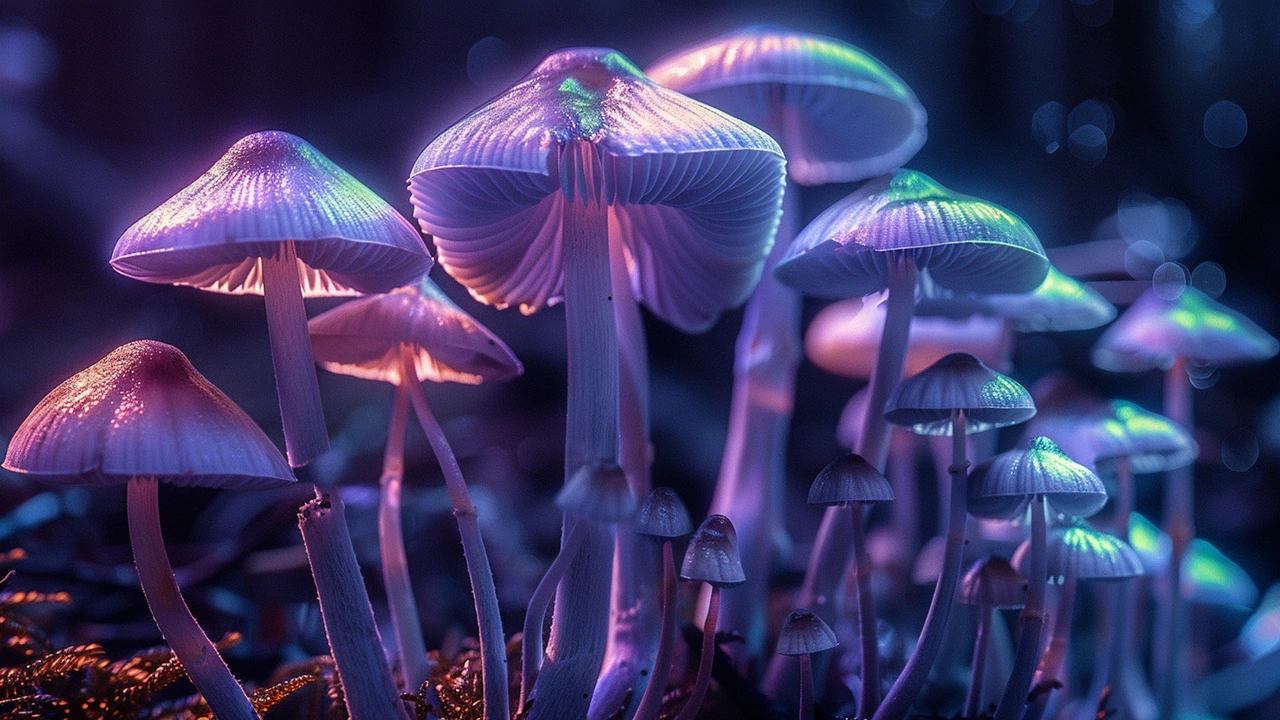Psychedelic Drugs: What They Are, How They Work, and Why You Should Care
Did you know the FDA is now running clinical trials on psychedelics for depression? That’s a sign these substances are moving from counter‑culture headlines to mainstream medicine. Whether you’re curious about LSD, psilocybin mushrooms, or MDMA, this guide gives you the basics without any jargon.
First off, psychedelic drugs are chemicals that change perception, mood, and thought patterns. They usually hit your serotonin receptors, especially the 5‑HT2A spot, which explains why colors look brighter and thoughts feel more fluid. The experience can last anywhere from a few minutes (for nitrous oxide) to several hours for classic hallucinogens.
Common Types and Typical Effects
LSD is the poster child: a tiny blotter paper can deliver a trip that lasts 8‑12 hours, with visual distortions, time dilation, and deep introspection. Psilocybin (the active compound in magic mushrooms) often feels more earthy; many users report spiritual insights and reduced anxiety after a single session. MDMA isn’t a true hallucinogen but is grouped here because it produces strong empathy and emotional openness—perfect for therapy settings.
Each drug has its own risk profile. High doses of LSD can cause “bad trips,” including panic or paranoia, while psilocybin may trigger nausea in some people. MDMA carries a risk of overheating and heart strain if taken in hot environments. Knowing the dose, set (your mindset), and setting (the environment) helps keep the experience safe.
Legal Landscape and Safety Tips
Globally, most psychedelics remain illegal for recreational use, but a few places are opening up medical pathways. Oregon has legalized psilocybin therapy, and Canada allows limited compassionate access. In the U.S., research trials operate under strict FDA oversight—so if you see an “approved” online store selling these substances, it’s probably a scam.
Safety starts with source verification. If you ever consider a purchase, look for labs that provide third‑party testing results and clear dosage information. Avoid mixing psychedelics with alcohol or stimulants; the combo can raise heart rate dangerously. Always have a sober friend nearby—someone who can call help if things go sideways.
After a trip, integration is key. Write down what you felt, talk it over with a therapist, or join a community group that focuses on mindful reflection. This step turns a fleeting experience into lasting personal growth.
Our site covers dozens of related articles—how to buy specific meds online, side‑effect breakdowns, and the newest research updates. Browse the list below for deeper dives on individual psychedelics, safe purchasing tips, and emerging therapeutic uses.

The Psychedelic Renaissance in Mental Health: Investing in the Future Beyond Prozac and Zoloft
Finnegan O'Sullivan Mar 22 20The frontier of mental health treatment is witnessing a significant shift toward psychedelic drugs, drawing substantial investments. With MDMA, psilocybin, and ketamine leading clinical trials, the industry aims to revolutionize treatment models, challenging conventional therapies like Prozac and Zoloft.
More Detail